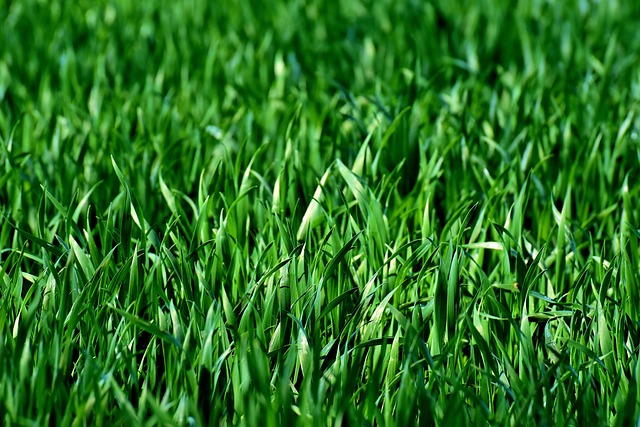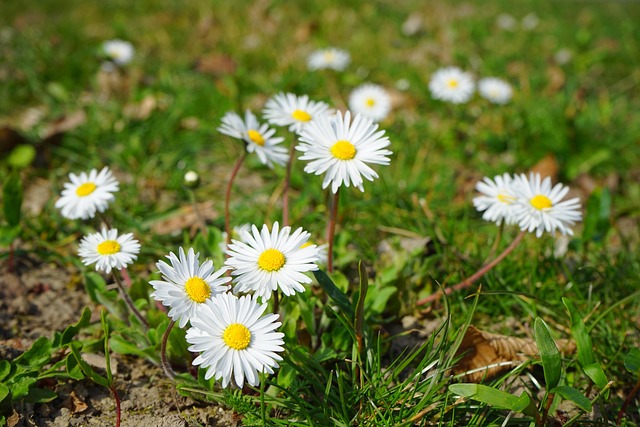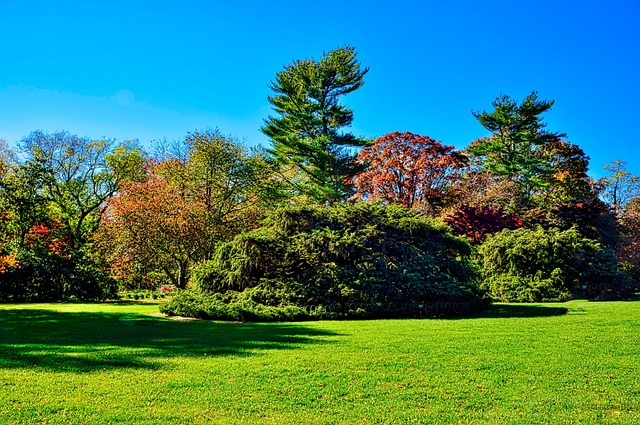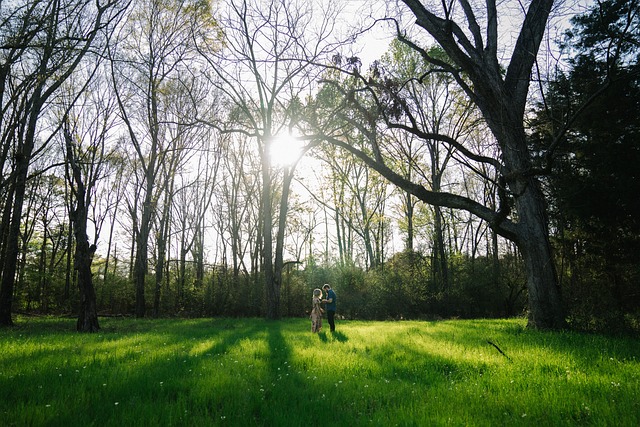Recognizing dollar spot, brown patch, and fusarium patch fungi in Colorado Springs is key for effective pest management. Inspect grass for discoloration; manage through proper watering, aeration, fungicides, and fertilization. Favorable climate and soil conditions foster fungal growth, requiring targeted strategies. Organic methods like beneficial insects, natural fungicides, balanced soil, and regular monitoring prevent pests.
In the vibrant landscape of Colorado Springs, maintaining a lush lawn involves understanding and managing one of its most insidious threats: lawn fungus. Recognizing common fungal invaders is the first step in effective pest management. This guide delves into the environmental factors fueling fungal growth and offers organic strategies to combat these pests, ensuring your lawn thrives year-round. By identifying and addressing lawn fungus in Colorado Springs, you’ll foster a healthier, more vibrant outdoor space.
- Recognizing Common Lawn Fungus in Colorado Springs
- Environmental Factors Contributing to Lawn Fungal Growth
- Effective Organic Pest Management Strategies for Lawns
Recognizing Common Lawn Fungus in Colorado Springs

In Colorado Springs, recognizing common lawn fungus is crucial for effective pest management. Some of the most prevalent types include dollar spot, brown patch, and fusarium patch. Dollar spot appears as circular patches of dead grass with a grayish-brown color, often visible in hot, dry weather. Brown patch, on the other hand, forms large, irregular spots that can reach several feet wide, typically occurring during warm, moist conditions. Fusarium patch is characterized by yellow or tan patches with fine, white thread-like growths, often appearing after periods of stress, such as drought or heat.
Identifying these fungi early is essential because they can quickly spread and cause significant damage to your lawn. Once you’ve located suspicious areas, examine the grass blades for signs of discoloration, wilting, or thinning. Proper management includes maintaining adequate watering and aeration, applying targeted fungicides when necessary, and ensuring proper fertilization to promote a healthy lawn that can better resist fungal infections.
Environmental Factors Contributing to Lawn Fungal Growth

In Colorado Springs, identifying lawn fungus is crucial for effective pest management. Environmental factors play a significant role in fostering fungal growth. The region’s semi-arid climate, with warm summers and moderate winters, creates an ideal environment for various lawn fungi to thrive. High humidity levels, especially during spring and fall, contribute to the proliferation of these microorganisms. Additionally, abundant rainfall provides the necessary moisture for fungi to flourish, making it essential to monitor watering patterns and avoid over-saturating the soil.
Specific types of grass and soil composition also influence fungal development. Cool-season grasses commonly found in Colorado Springs tend to be more susceptible to certain fungal infections during transitional weather periods. Soil that lacks proper drainage or has a high pH level can further exacerbate the issue, creating conditions favorable for fungus growth. Understanding these environmental factors is key to implementing targeted pest management strategies and maintaining a healthy lawn throughout the year.
Effective Organic Pest Management Strategies for Lawns

In the quest for a lush, healthy lawn, effective organic pest management strategies are essential, especially in areas like Colorado Springs where identifying lawn fungus can be crucial. Organic methods offer an eco-friendly approach to dealing with pests and diseases, ensuring your lawn remains vibrant without harmful chemicals. One of the first steps is to encourage beneficial insects that naturally feed on lawn pests. These include ladybugs, lacewings, and predacious mites. Maintaining a balanced soil ecosystem by adding organic matter and ensuring proper aeration creates an environment where these helpful creatures thrive.
Additionally, regular monitoring for early signs of fungus or insect infestation is key. This involves learning to identify common lawn fungi like dollar spot and brown patch, which are prevalent in Colorado’s climate. Organic solutions include applying beneficial microbes that inhibit fungal growth or using natural fungicides derived from plants like neem oil. For insect pests, consider using organic pesticides made from ingredients like soap and essential oils, which are safe for both your family and the environment. Preventative measures, such as proper watering and mowing practices, also play a significant role in minimizing pest issues, ensuring your lawn remains healthy and free from harmful organisms.
When it comes to maintaining a healthy lawn in Colorado Springs, identifying and managing lawn fungus is crucial. By understanding the environmental factors that foster fungal growth and implementing effective organic pest management strategies, residents can effectively combat these issues. Remember that proactive measures, such as proper watering and aeration, along with organic solutions like neem oil and milk, can help create a vibrant and disease-resistant lawn. In terms of identifying lawn fungus in Colorado Springs, recognizing common symptoms and taking swift action is key to preserving your lush green oasis.
